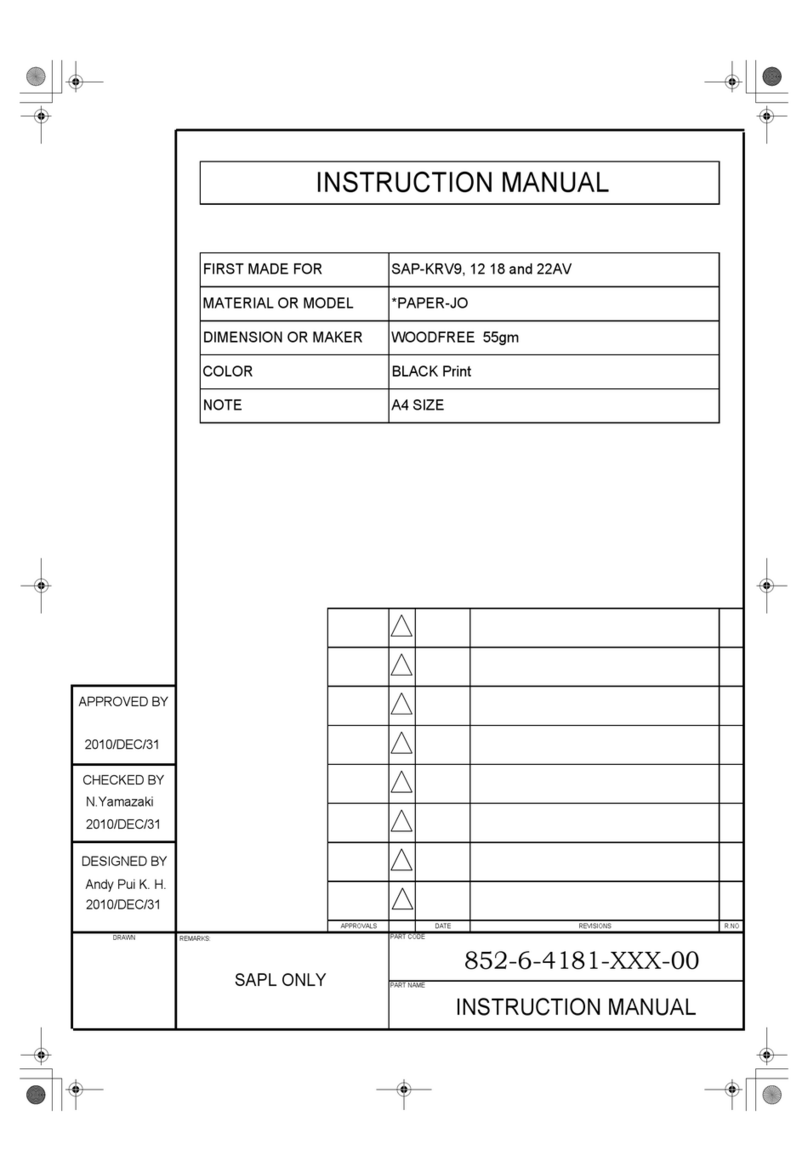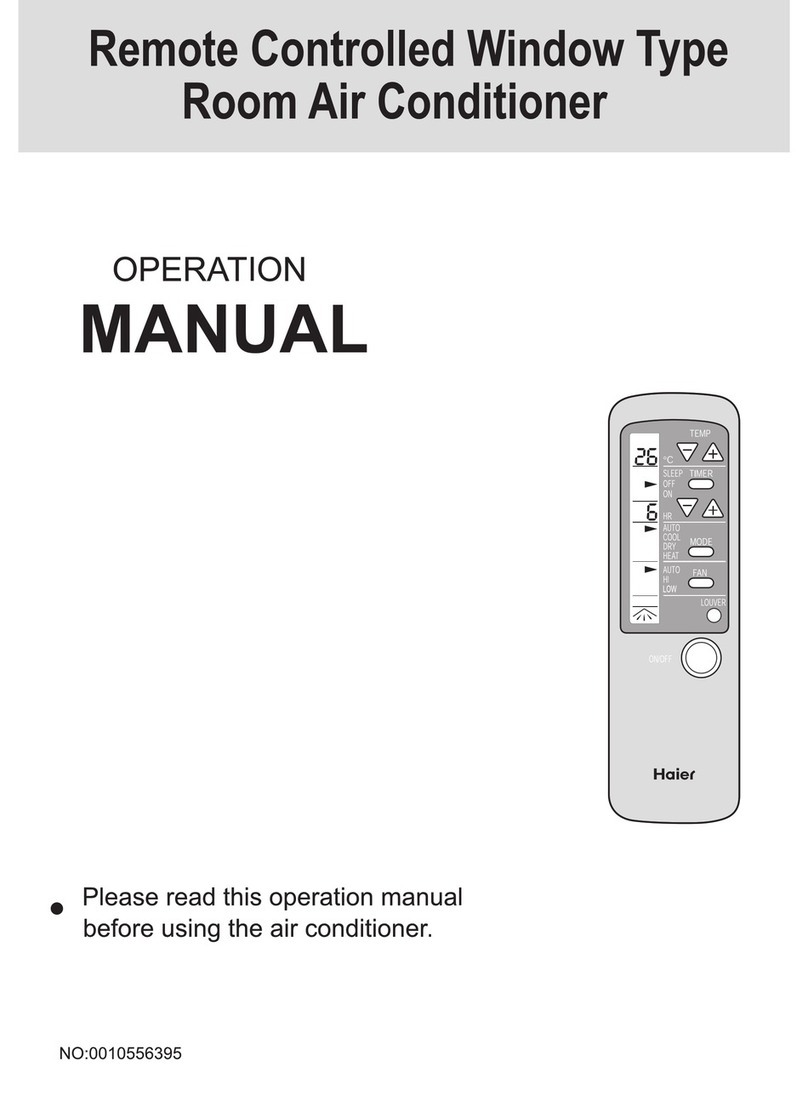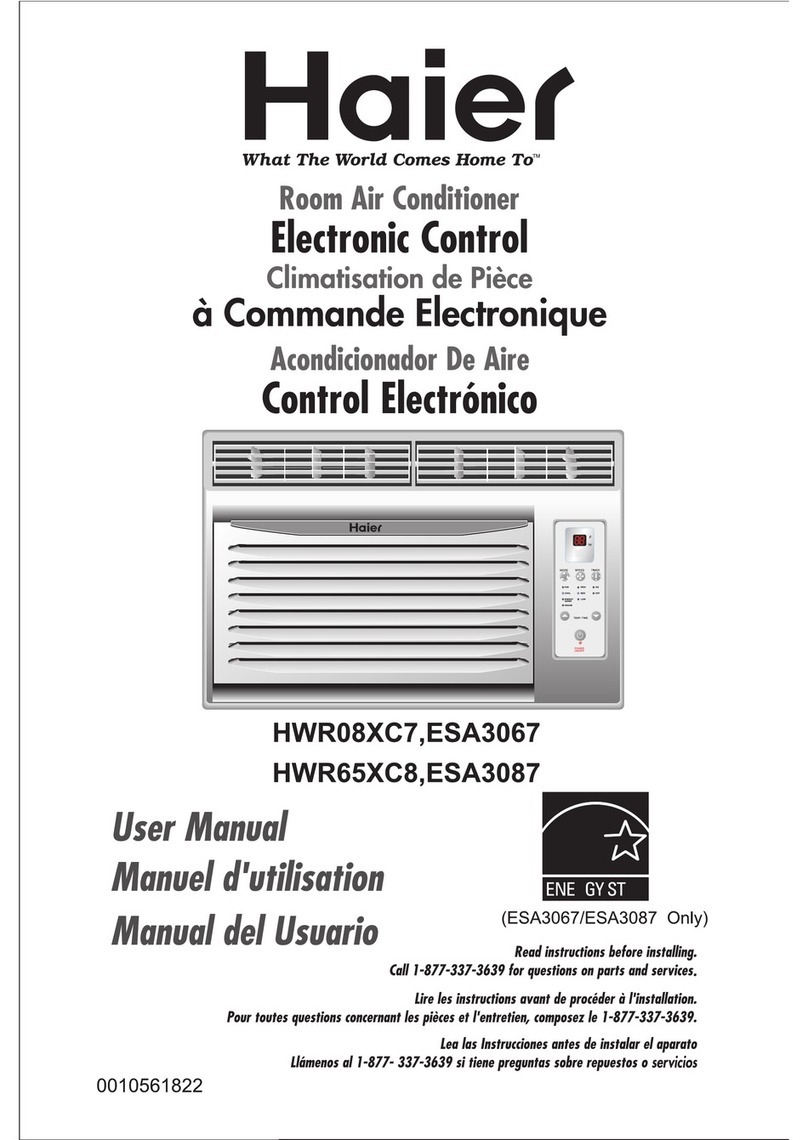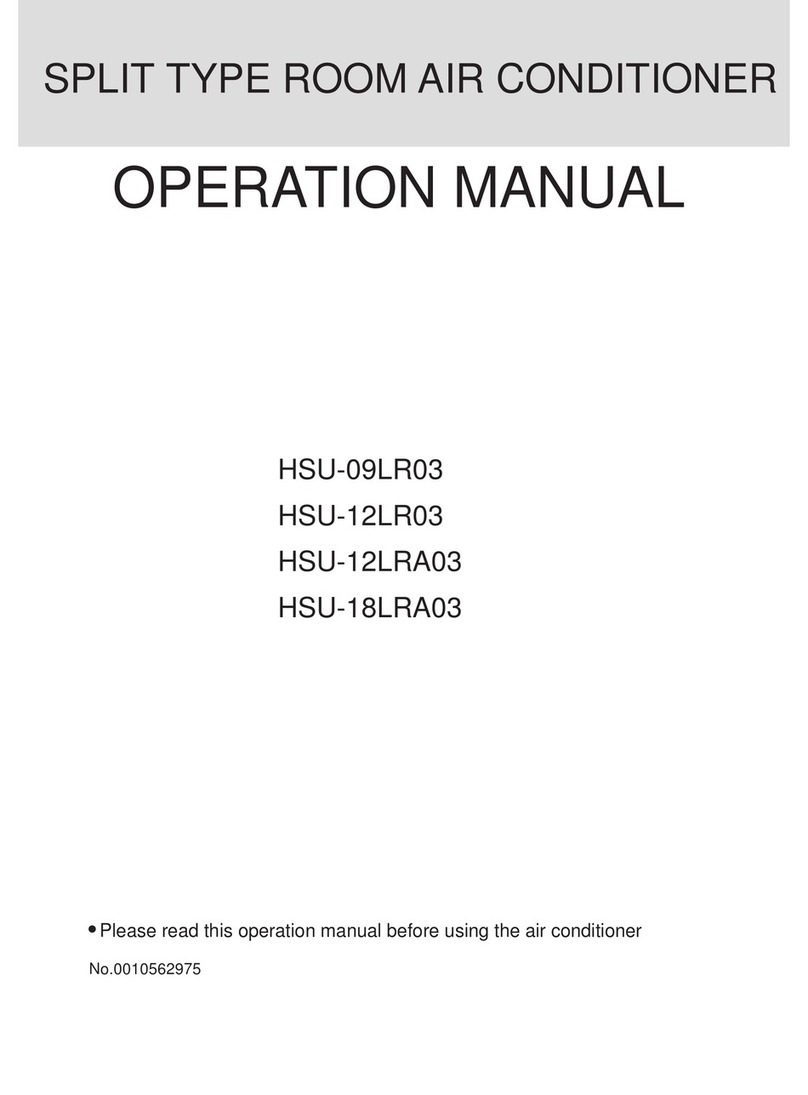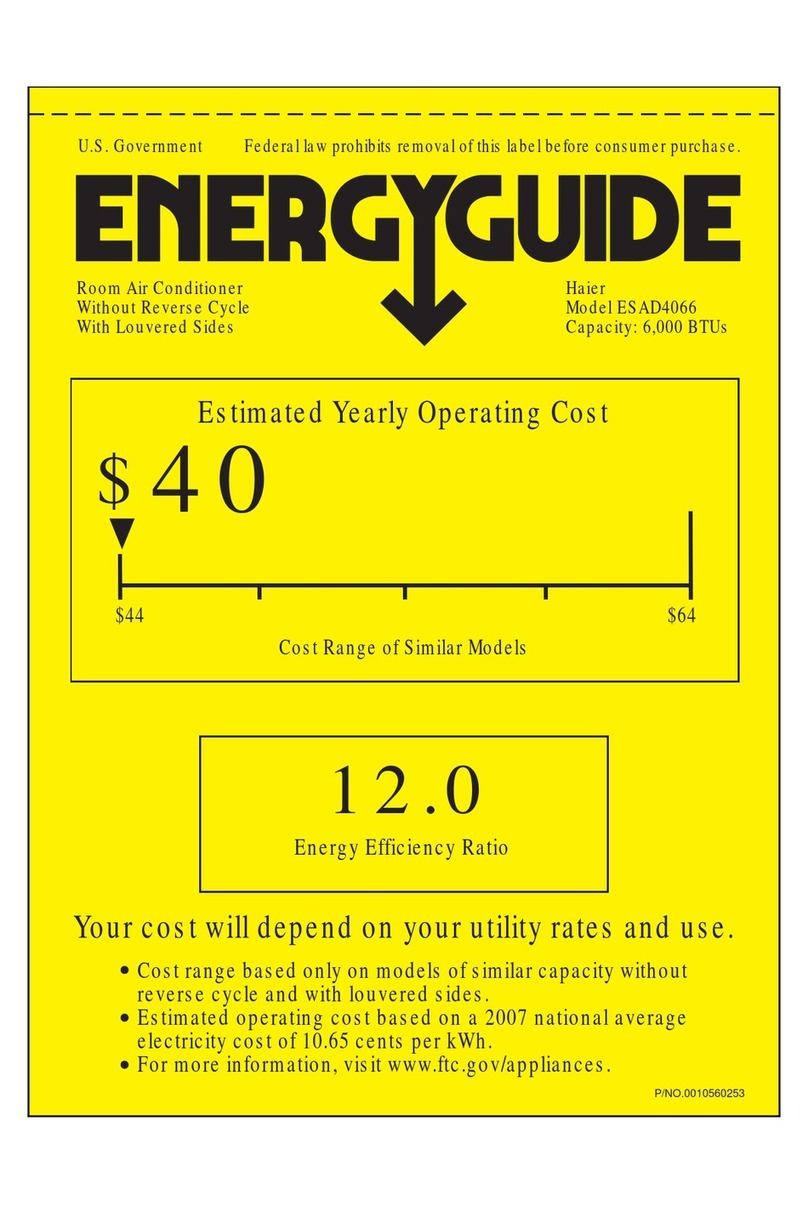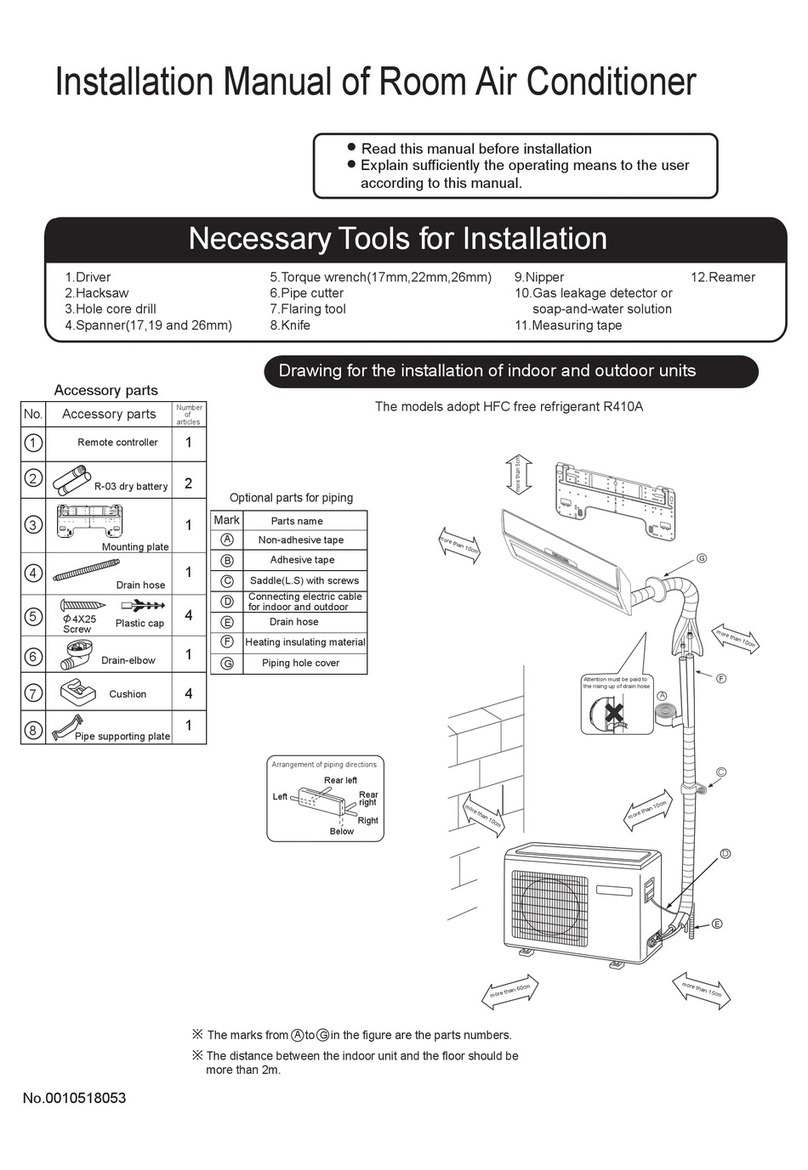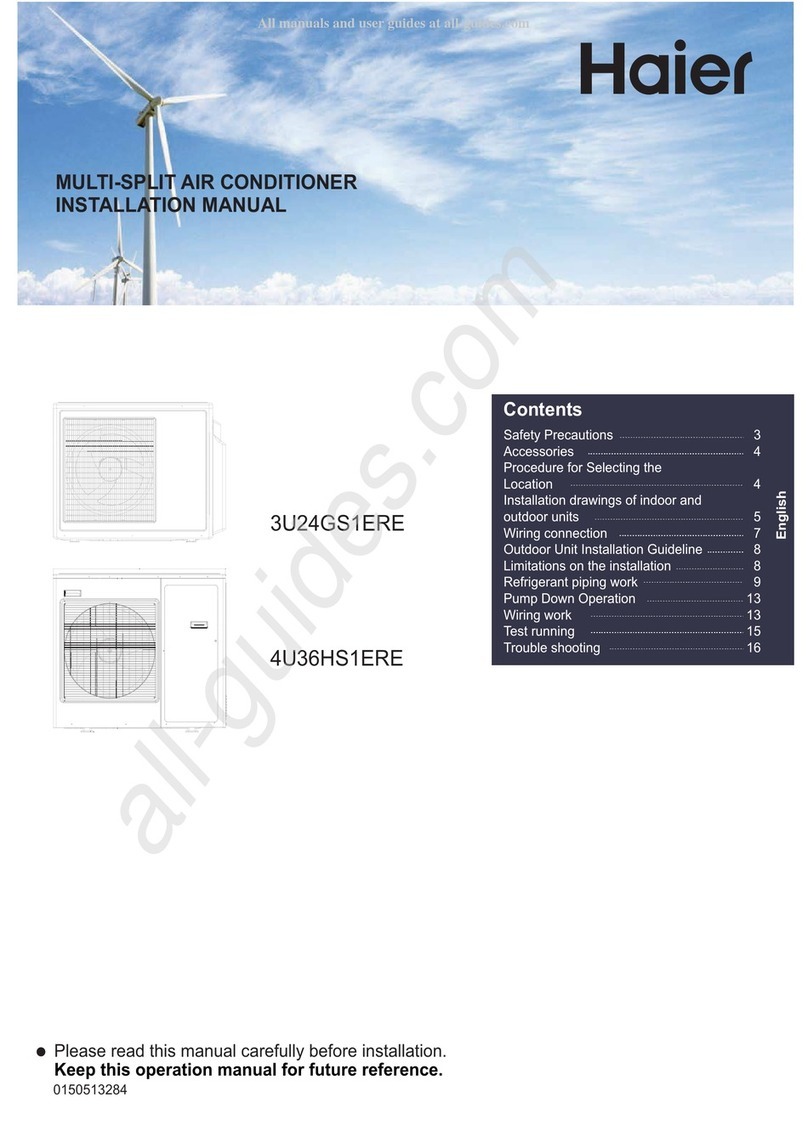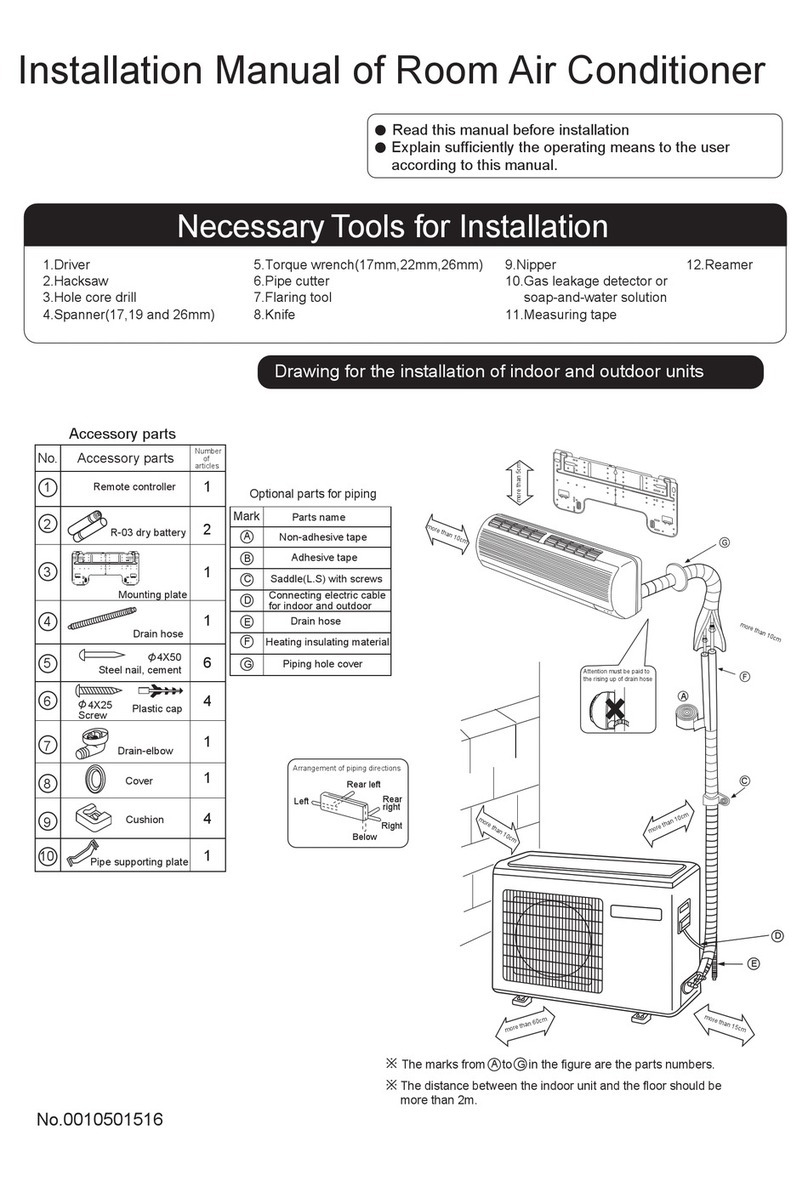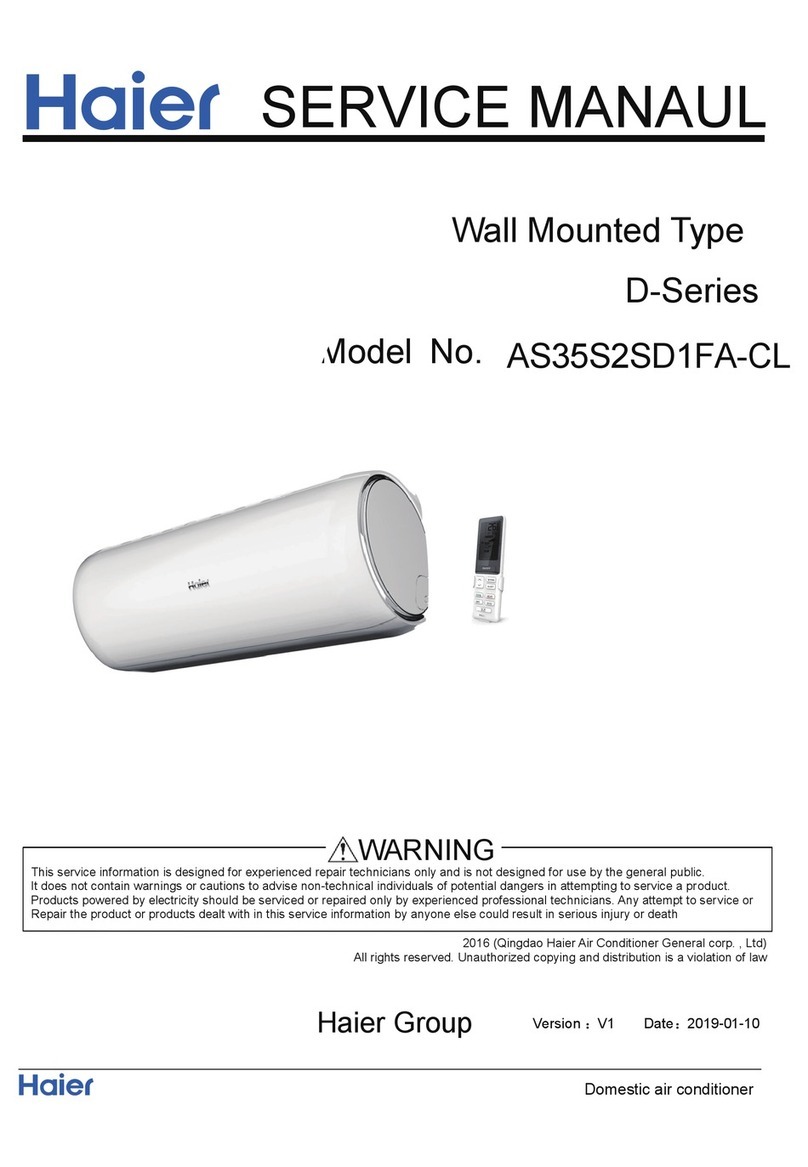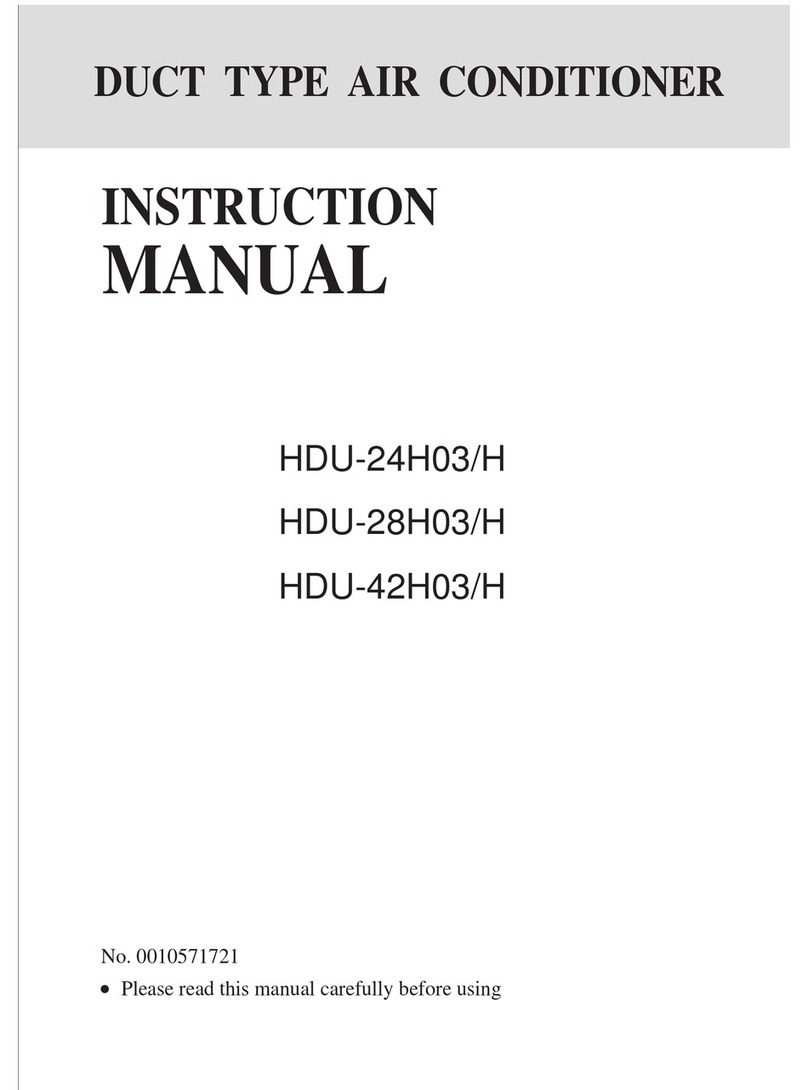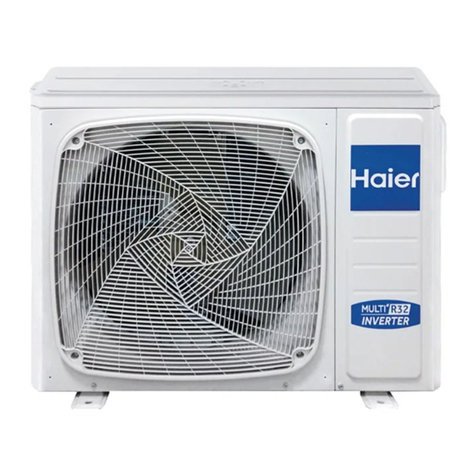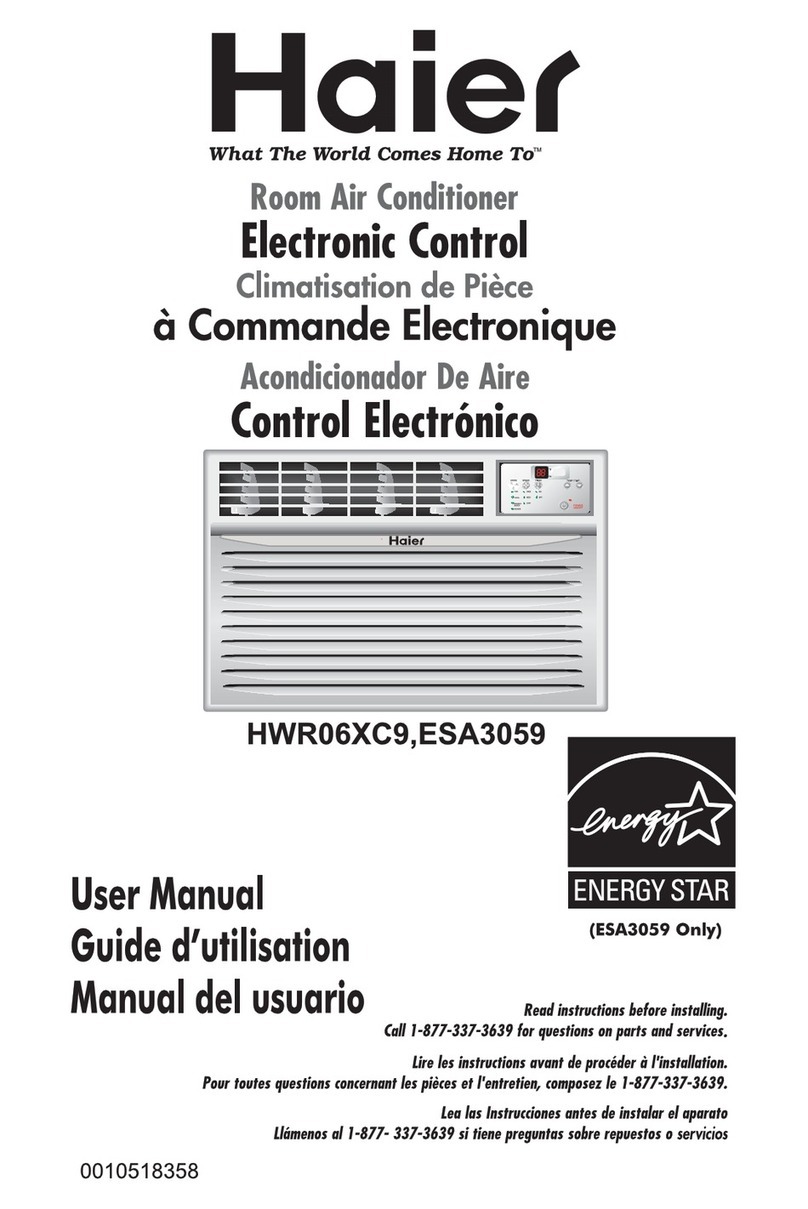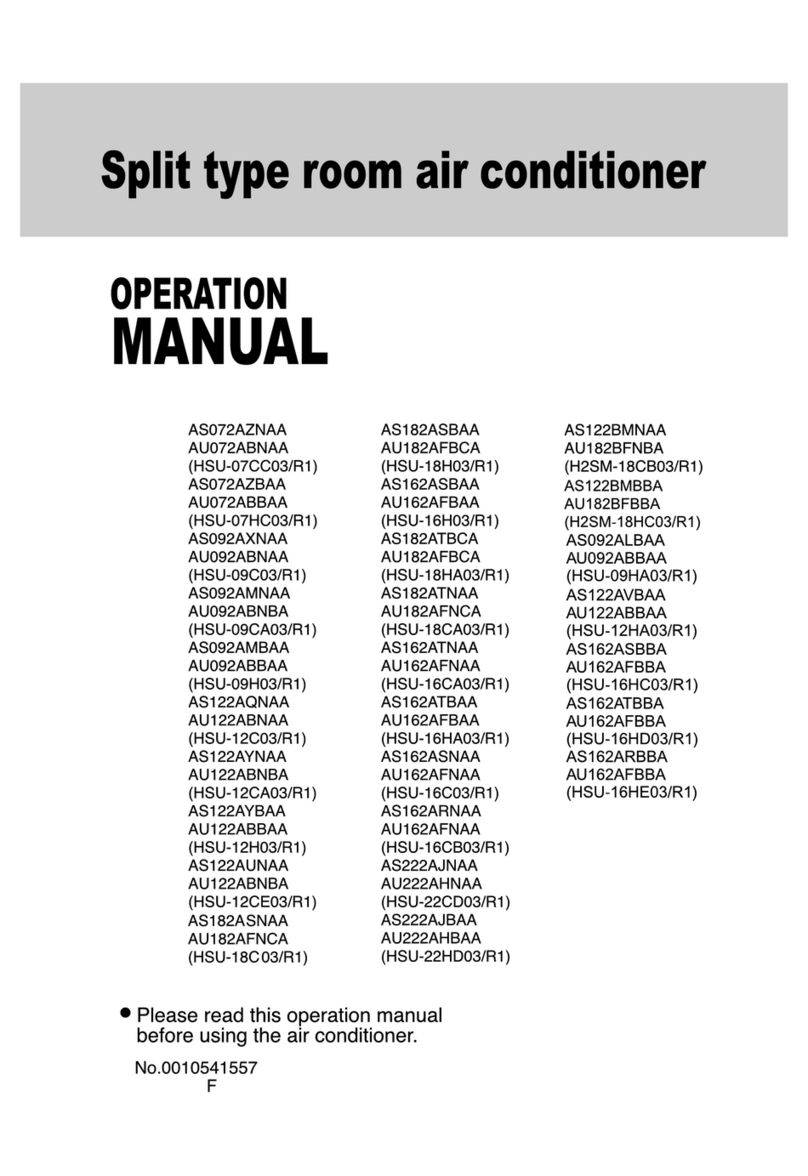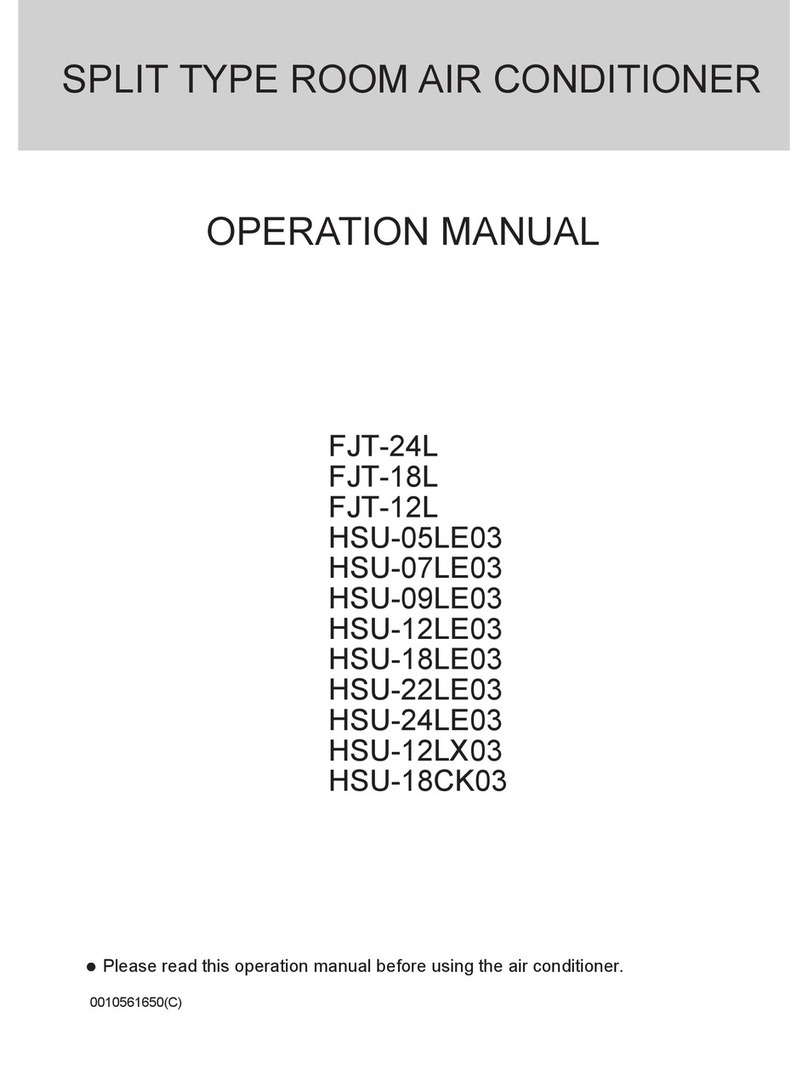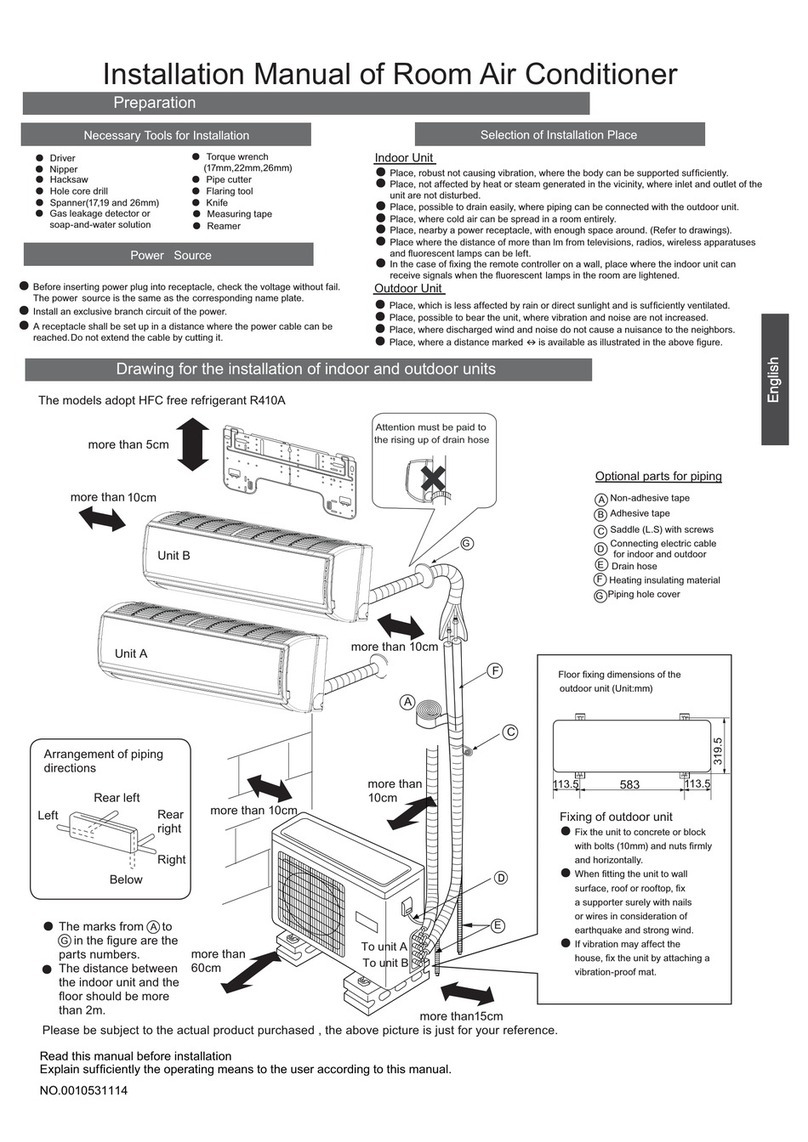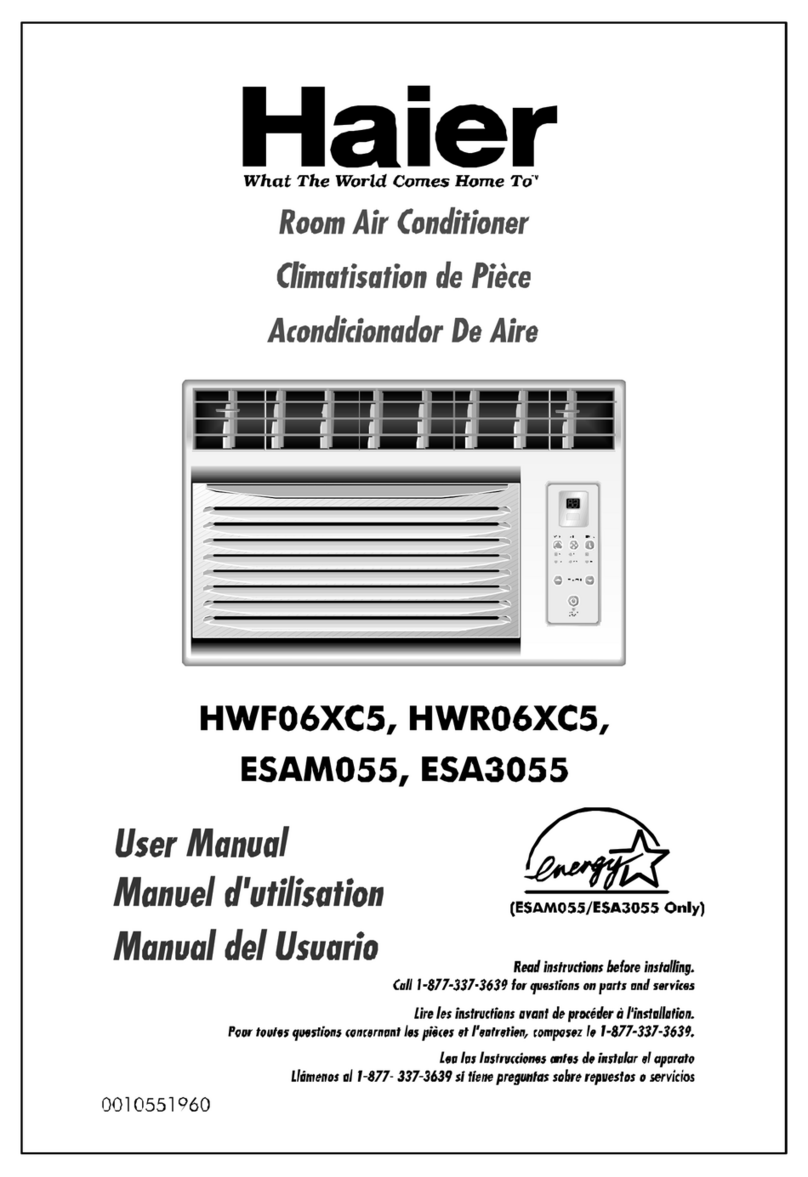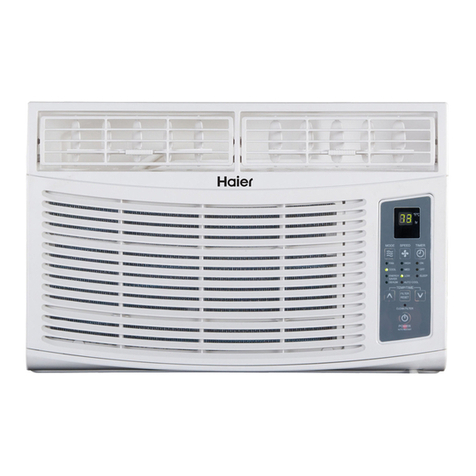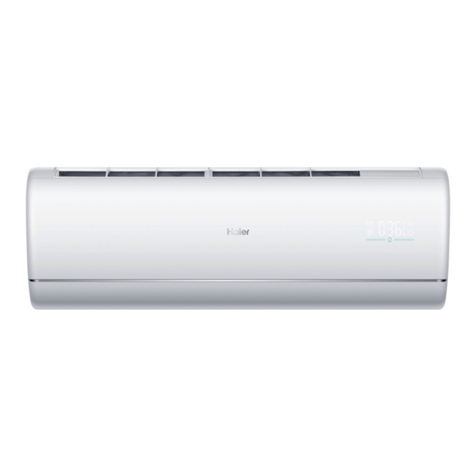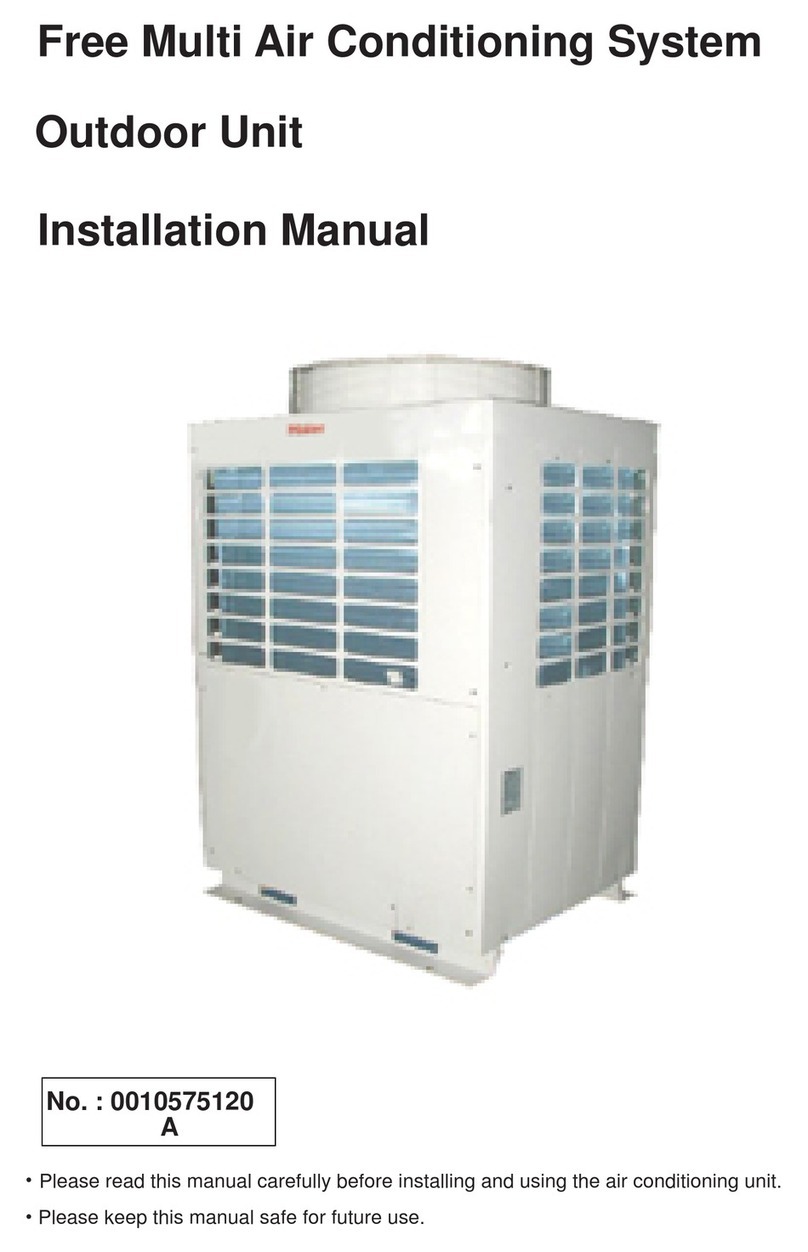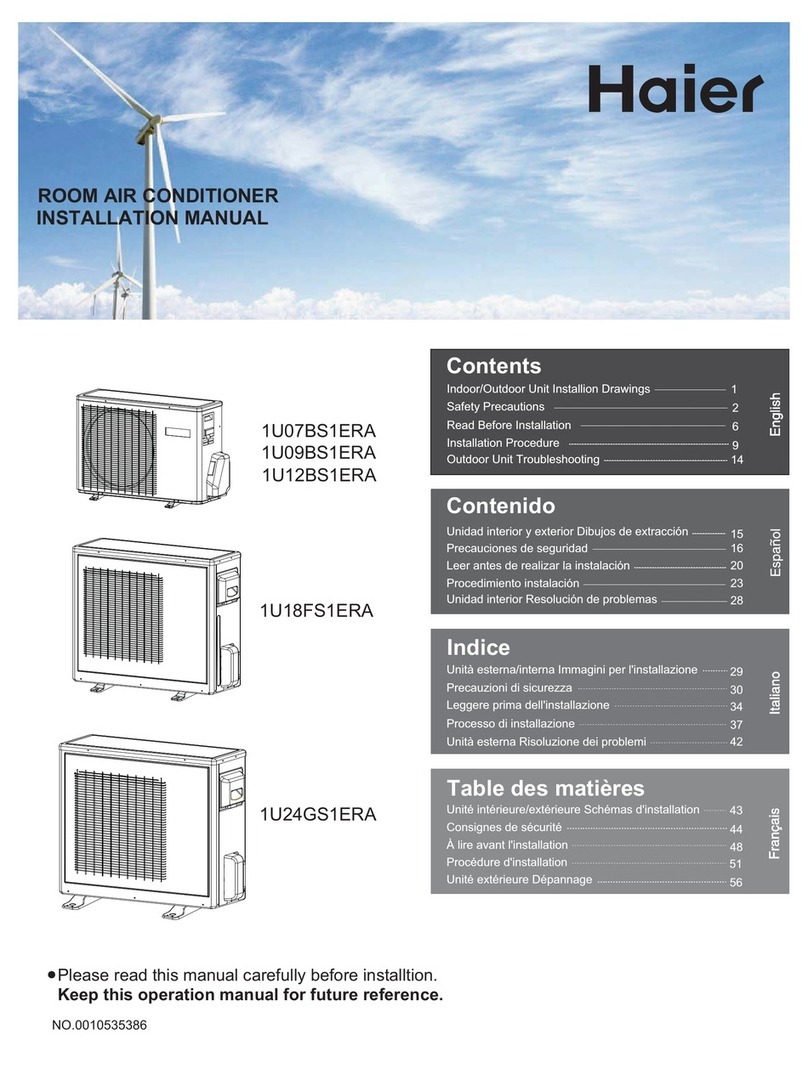
Page 9
31-5000748 Rev. 0
Torque Requirements
When servicing or repairing heating, ventilating, and
air conditioning components, ensure the fasteners are
appropriately tightened. Table 2 lists torque values for
fasteners.
To prevent stripping of the various caps used, the
appropriately sized wrench should be used and tted
snugly over the cap before tightening.
IMPORTANT
When servicing or repairing HVAC components, ensure
the fasteners are appropriately tightened. Table 2 provides
torque values for fasteners.
Only use Allen wrenches of sucient hardness (50Rc
- Rockwell Harness Scale minimum). Fully insert the
wrench into the valve stem recess.
Service valve stems are factory-torqued (from 9 ft-lbs
for small valves, to 25 ft-lbs for large valves) to prevent
refrigerant loss during shipping and handling. Using an
Allen wrench rated at less than 50Rc risks rounding
or breaking o the wrench, or stripping the valve stem
recess.
IMPORTANT
Parts Recommended Torque
Service valve cap 8 ft.-lb. 11 NM
Sheet metal screws 16 in.-lb. 2 NM
Machine screws #10 28 in.-lb. 3 NM
Compressor bolts 90 in.-lb. 10 NM
Gauge port seal cap 8 ft.-lb. 11 NM
Table 2. Torque Requirements
Using Manifold Gauge Set
When checking the system charge, only use a manifold
gauge set that features low loss anti-blow back ttings.
Manifold gauge set used with HFC-410A refrigerant
systems must be capable of handling the higher system
operating pressures.
The gauges should be rated for use with pressures of 0 -
800 psig on the high side and a low side of 30” vacuum to
250 psig with dampened speed to 500 psi. Gauge hoses
must be rated for use at up to 800 psig of pressure with a
4000 psig burst rating.
Operating Service Valves
The liquid and vapor line service valves are used for
removing refrigerant, ushing, leak testing, evacuating,
checking charge and charging. Each valve is equipped
with a service port which has a factory-installed valve stem.
Liquid and Suction Line Service Valves
The liquid line and suction line service valves (see Figure
4) and service ports are used for leak testing, evacuation,
charging, and checking charge.
Each valve is equipped with a service port which has a
factory-installed Schrader valve. A service port cap protects
the Schrader valve from contamination and serves as the
primary leak seal.
To Access the Schrader Port:
1. Remove the service port cap with an adjustable
wrench.
2. Connect gauge to the service port.
3. When testing is completed, replace service port cap.
Tighten nger tight, then an additional 1/6 turn.
To Open Liquid or Suction Line Service Valve:
1. Remove stem cap with an adjustable wrench.
2. Use service wrench with a hex-head extension to back
the stem out counterclockwise as far as it will go. Use a
3/16” hex head extension for liquid line service valves
and a 5/16” extension for suction line service valves.
3. Replace the stem cap. Tighten nger tight, then tighten
an additional 1/6 turn.
To Close Liquid or Suction Line Service Valve:
1. Remove the stem cap with an adjustable wrench.
2. Use a service wrench with a hex-head extension to
turn the stem clockwise to seat the valve. Tighten
rmly.
3. Replace the stem cap. Tighten nger tight, then tighten
an additional 1/6 turn.
Suction Line (Ball Type) Service Valve
Suction line (ball type) service valves function the same
way as the other valves; the dierence is in the construction
(see Figure 5).
The ball valve is equipped with a service port with a factory-
installed Schrader valve. A service port cap protects the
Schrader valve from contamination and serves as the
primary seal.
